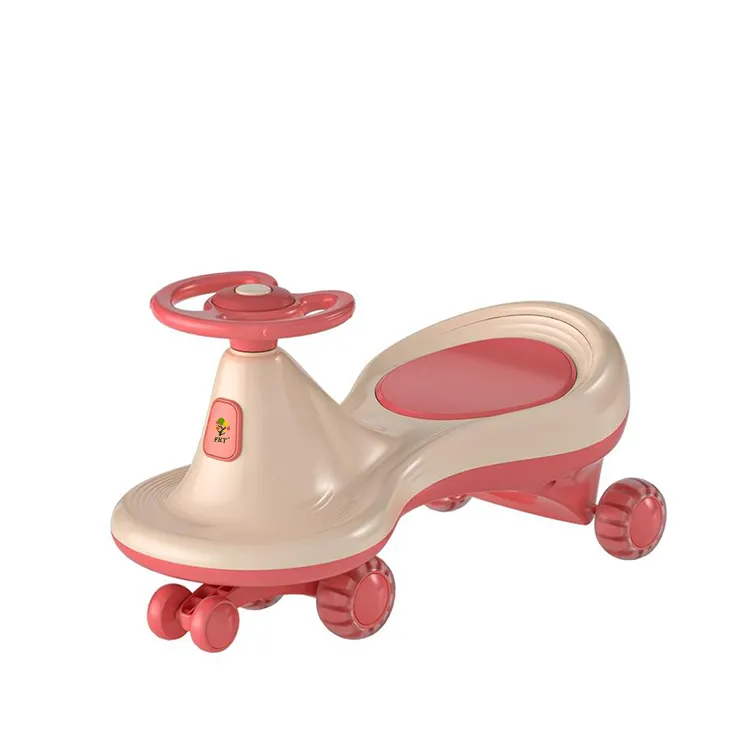odm safe infant walkers
The Safety of Infant Walkers A Comprehensive Overview
In recent years, parents and caregivers have become increasingly concerned about the safety of infant walkers. These devices, designed to help babies transition from crawling to walking, have been a staple in many households. However, the debate surrounding their safety has sparked considerable discussion among pediatricians, safety advocates, and parents alike. This article aims to explore the potential risks associated with infant walkers, the benefits they may offer, and alternative options that can support a baby’s development without compromising safety.
Understanding Infant Walkers
Infant walkers are devices equipped with a seat that holds a baby upright while they maneuver across the floor using their feet. Typically, they come with wheels that allow for movement, and many include entertainment features such as toys and music. The allure of infant walkers lies in their ability to grant babies a sense of independence and mobility, but this very independence can come with serious risks.
The Risks Involved
Research has shown that infant walkers can lead to a variety of hazards. One of the most significant concerns is the risk of injury. According to the American Academy of Pediatrics (AAP), thousands of infants are treated in emergency rooms each year due to injuries related to walkers. Common hazards include tumbles down stairs, collisions with furniture, and access to dangerous objects or substances such as hot liquids or sharp items. The design of walkers can allow babies to move faster than they would be able to crawl, leading to greater risks of falls and injuries.
Moreover, reliance on infant walkers can potentially delay a child’s developmental milestones. Babies need ample time to develop muscle strength and coordination through natural movement. Using a walker can lead to an improper walking pattern and delay the development of independent walking skills. Experts recommend supervised floor time as a safer and more beneficial alternative, where infants can explore movement in a controlled and safe environment.
Benefits of Infant Walkers
While the risks involved cannot be overlooked, it is also essential to acknowledge the perceived benefits of infant walkers. For some parents, these devices can provide a temporary solution to entertain and keep an active baby safe while they attend to daily tasks. The toys embedded in many walkers can stimulate a baby’s curious mind and keep them engaged.
odm safe infant walkers

Additionally, some parents may argue that walkers can aid in strengthening a child’s legs and preparing them for walking. However, this perspective often fails to weigh the potential hazards against the advantages. The risks associated with safety and physical development usually outweigh the perceived benefits.
Alternatives to Infant Walkers
Given the potential dangers and limited benefits of infant walkers, parents are encouraged to consider alternative options that can promote safe mobility and play. Here are some recommendations
1. Play Gyms and Activity Mats These provide a safe space for infants to play and strengthen their muscles. Tummy time is crucial for developing neck and shoulder strength, as well as for preparing for crawling and walking.
2. Push Toys Once babies begin to pull themselves up and stand, push toys can offer a safe way to practice walking under supervision. They provide stability and support without the inherent dangers of walkers.
3. Baby Gates and Safe Spaces Creating a safe play environment allows infants to explore their surroundings without risk. Use baby gates to limit access to stairs and keep potentially dangerous items out of reach.
4. Supervised Free Play Allowing children to move freely under supervision is one of the best ways to encourage natural development. Infants should have plenty of opportunities to crawl, sit, and eventually stand and walk, using their own body’s cues to strengthen their muscles.
Conclusion
While infant walkers may have once been viewed as a harmless parenting aid, growing evidence suggests they pose significant risks to a child’s safety and development. Parents are urged to consider the safer alternatives that encourage developmental milestones without introducing the hazards associated with walkers. Ultimately, fostering a safe and supportive environment for infants will pave the way for healthier, happier children as they grow and explore the world around them.
-
Kids battery power car baby four-wheel off-road vehicle children electric toy carNewsMar.07,2025
-
New Hot Design Factory Wholesale Light Weight Small Folding Size Baby StrollerNewsMar.07,2025
-
2022 newest factory boys and girls powerful battery operated 4-wheel ride on electric carNewsMar.07,2025
-
2022 newest factory boys and girls powerful battery operated 4-wheel ride on electric carNewsMar.07,2025
-
Kids battery power car baby four-wheel off-road vehicle children electric toy carNewsMar.07,2025
-
toddler electric atvs manufacturerNewsMar.07,2025
